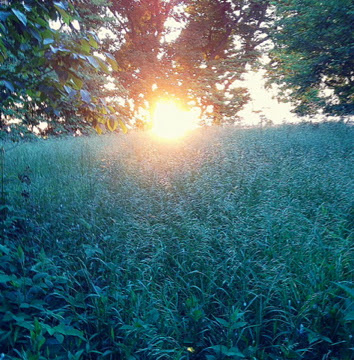I can't remember where I first heard of using corrugated cardboard as mulch in the garden. But I've done it a few times now, and I'm definitely a believer. It's a stone-cold weed stopper, it will keep the soil beneath it moist, it will slowly decompose to add organic material to the soil, and it's usually obtainable for free. I've also discovered that earthworms love cardboard, and my goal in life is to make earthworms happy.
The only potential negative in my opinion is that cardboard, in itself, will not add nutrients to your soil. And it's very high in carbon ("brown" decomposable stuff), which means microorganisms need lots of nitrogen ("green" decomposable stuff) from elsewhere to break it down. That's why the key to using cardboard as mulch is to put good nutrient-rich, nitrogen-rich stuff (like finished compost) beneath it. In other words, lock in the plant food underneath and let cardboard just be an awesome barrier.
So if you're still with me, here is an easy step-by-step guide.
 |
1) Collect your cardboard. Our cardboard is mainly old guitar boxes from a music store and furniture boxes. The picture above is our current collection after we removed all staples and tape. You'll want to do that unless you want rusty metal and plastic in your garden beds.
2) Prepare the ground where the cardboard will go. We weeded the bed you see below and added an inch or two of finished compost to the surface. Many people wouldn't even bother to weed first, since the cardboard will smother everything, but I was afraid of some stout weed lifting up the cardboard.
3) Cut the cardboard to fit the planting bed. In this picture, we have placed the cardboard around two rose bushes in a half-circle-shaped bed. Overlap joining pieces by at least a couple of inches to keep weeds from popping up through the seams. Corrugated cardboard is thick enough that you don't need to multi-layer in general.
4) Spread a prettier mulch on top of the cardboard. We used a few inches of shredded pine bark. Then we enlisted the help of our farm's volunteer firefighter to "put out the fire" around the roses. If you're putting down your cardboard mulch in a dry period, water the bed first. In our case, the soil was already moist. Spraying down the mulch keeps it from blowing away. You don't want a gust of wind to catch an edge of a cardboard sheet and turn it over.
There you have it. An old rusty gate for the roses to climb on comes free of charge. I doubt we will have to weed this bed at all this year.













